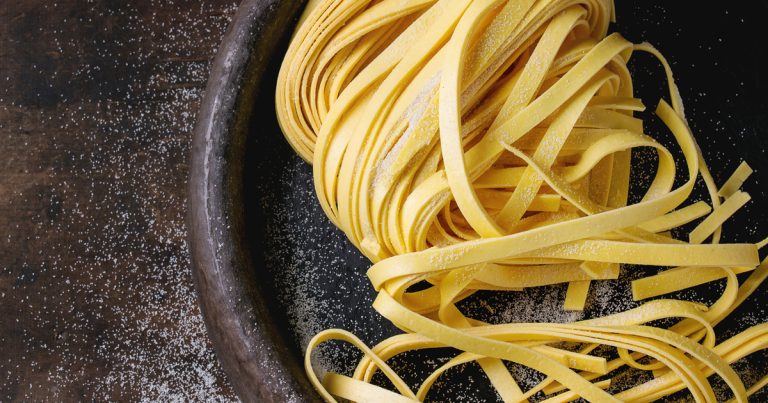Resistant starch can benefit your gut health. In this article, we explain what’s behind it and how you can incorporate resistant starch into your diet.
Resistant starch is a type of dietary fiber. Resistant starch has a special structure that prevents the small intestine from absorbing it. It ends up undigested in our large intestine, where it is broken down by lactic acid bacteria. Resistant starch serves as food for the intestinal bacteria, which improves intestinal health and bowel movements.
In the following we will show you how resistant starch is created and works. We also introduce you to foods and recipe ideas that you can use to integrate resistant starch into your diet.
This is how resistant starch is created

Starch is particularly found in foods such as potatoes, rice, cereals and cereal products such as pasta or bread. Resistant starch is formed when these starchy foods are boiled or cooked and then allowed to cool. The chemical structure of the starch changes as a result of the cooling process, making it no longer digestible for us humans. Strength has become resistant strength. Even reheating the cooled food does not destroy the resistant starch.
Legumes, unripe bananas and oatmeal are particularly rich in resistant starch. In unripe bananas, the resistant starch is based on a specific arrangement of the starch molecules and is therefore not the result of a heating and cooling process.
How does resistant starch affect your body?
In the colon, beneficial gut bacteria ferment resistant starch. This not only promotes intestinal health, but also has other positive effects:
- The breakdown products of the resistant starch by the intestinal bacteria can counteract inflammatory diseases such as arthritis.
- They can have cancer-preventive properties within a balanced diet.
- They are associated with blood sugar regulating properties.
- They may also have a positive effect on blood lipid levels.
Recipes that contain resistant starch

With these recipes, you can incorporate resistant starch into your diet. It is important that the starchy ingredients can be completely cooled and converted. This takes between twelve and 24 hours.
Sweet Potato Salad: Recipe with fresh cauliflower and arugula
Bavarian potato salad with cucumber: a traditional recipe
Mediterranean pasta salad with tomatoes and rocket
Coconut Rice Pudding: An Easy Vegan Recipe
Bake spelled bread yourself: ingredients and recipe
Couscous salad: 3 quick recipes for the oriental classic
Banana bread recipe: The juicy cake in 3 variants
Overnights Oats: Recipes for a quick and healthy breakfast
Make hummus yourself: A simple recipe

